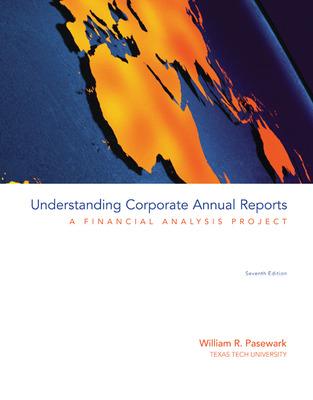Question
The management of Eagle industries is considering whether to build a factory in the UK in order to manufacture a new type of protective cover
The management of Eagle industries is considering whether to build a factory in the UK
in order to manufacture a new type of protective cover for smartphones. They already own
a convenient site for the new factory in a development area, but this could be sold for
100,000 if the project does not proceed.
Going ahead with the project would involve the
following outlays:
Building: 1,000,000
Plant 500,000
Machinery 700,000
Working capital (once full capacity is reached) 500,000
The project will require one year for building and installation although the capital costs for
buildings, plant and machinery must be paid immediately the project gets the go-ahead.
The plant and machinery will have an estimated economic life of five years and a terminal
scrap value of 100,000.
The total market for this type of smartphone cover is forecast to be fairly static at some
10 million units per year.
The company hopes to capture some 10 percent of the market by its third year of production
and in the first two years it is forecasting market shares of 2% and 5% respectively.
The planned selling price for the new cover is 10 per unit.
Total operating costs including raw materials, wages, factory overheads, administration,
distribution and selling are forecast at 2.5 million in year 1, 4.6 million in year two and
8.5 million thereafter. In addition, there are launch costs (advertising and promotion) of
200,000 in year 1 and 100,000 in year 2. Research and development, which has now
been completed, has cost a total of 500,000 over the past two years. You should assume
that inflation is zero.
At the end of the five-year production period, it is anticipated that this particular type of
smartphone cover will have been made obsolete as a result of technological change.
Since the building required is a special purpose structure, it will have no alternative use at this
time, although it could be demolished at a cost that would be close to its scrap value. It is
estimated that the value of the land (with or without the building) will be 140,000 at this
time.
If the land were to be sold, either now or in the future, the sale proceeds would be
taxed at 20%.
The company anticipates that it will continue to pay corporation tax for the foreseeable
future and the company's tax rate is 20%.
Assume that tax depreciation for industrial buildings and for plant and machinery is straight line over five
years. There is a tax-free grant of 15% on the value of the investment in buildings, plant
and, machinery. The team evaluating the project needs to complete Eagle Industries' standard project
appraisal.
This involves setting out the year-by-year cash flows anticipated from the
project, and then estimating the project's net present value (NPV) as the basis for deciding
whether to go ahead. NPVs are normally calculated at Eagle's cut-off rate of 10 percent,
but since there is currently some debate about whether 10 percent is really the appropriate
figure, project proposers are also requested to compute the project's internal rate of return.
Indeed, for good measure the standard project appraisal procedure also requires the
payback period since this measure is also favored by one or two members of the board.
Assignment
Carry out a project appraisal and, calculate the project's post-tax cash flows and,
from these, the NPV, the internal rate of return (IRR) and the payback period.
Remember to include the tax implications.
Step by Step Solution
There are 3 Steps involved in it
Step: 1

Get Instant Access to Expert-Tailored Solutions
See step-by-step solutions with expert insights and AI powered tools for academic success
Step: 2

Step: 3

Ace Your Homework with AI
Get the answers you need in no time with our AI-driven, step-by-step assistance
Get Started


